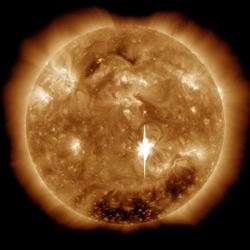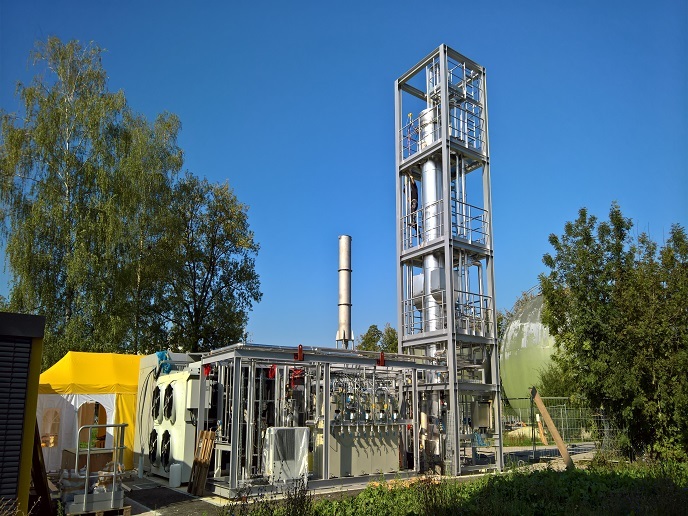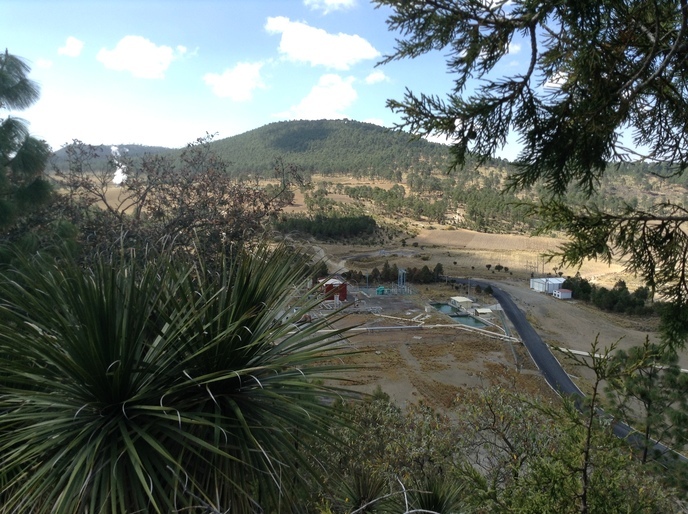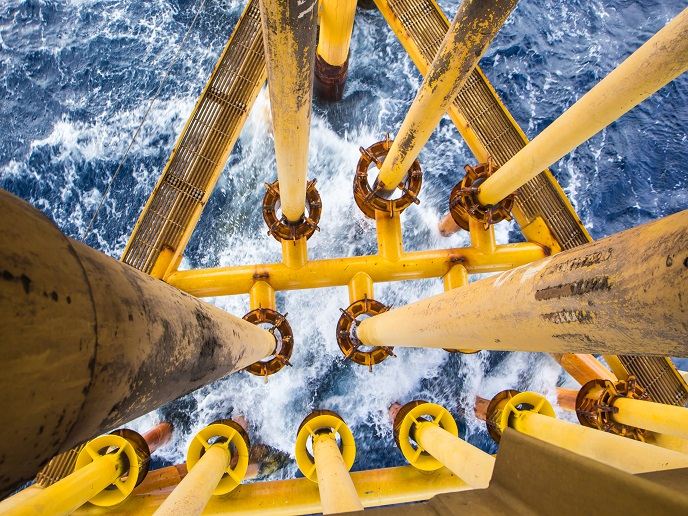The solar wind as a turbulence laboratory
Turbulence in solar wind occurs on widely different scales — from as large as the size of a planet to as small as the size of subatomic particles. Understanding this highly dynamic system is complicated by the effects of velocity shear between fast and slow solar wind streams, by the spherical expansion of solar wind and by its compressible nature. By combining in situ observations with theoretical approaches, the TURBOPLASMAS (Turbulent phenomena in space plasmas: Boosting observations, data analysis and numerical simulations) project studied turbulence in unprecedented detail. The project involved a research staff exchange scheme between the six participating institutions, which enhanced collaboration and synergy. Although solar wind is expected to cool as it leaves the Sun and crosses interplanetary space, satellite observations have shown that this is not the case — it is heated up along the way. Because observations also reveal significant amounts of turbulence in solar wind, scientists have suspected that a cascade of turbulence towards smaller scales generates the heat. Before TURBOPLASMAS, it was not possible to identify the dissipation processes at ion scales that terminate the cascade. High-resolution satellite observations and numerical simulations were compared to facilitate the interpretation of signatures of coherent structures such as current sheets, as well as magnetic structures such as heating sites in the solar wind. Project members developed theoretical models to study the effects of collisions among the constituent particles of the wind and to understand the physical mechanisms that lead to the heating of particle populations. Magnetic reconnection, the process whereby magnetic fields connect and disconnect while releasing vast amounts of energy, was found to occur locally as a normal feature of turbulence. Other key results include the first description of the small-scale properties of solar wind density fluctuations, the inclusion of alpha particles in kinetic numerical simulations of turbulence in plasmas, and the definition of spatial and temporal relevant scales in solar wind turbulence. The project also compared experimental and theoretical aspects of turbulence in space and laboratory plasmas. Plasma turbulence presents a major obstacle to attaining an efficient fusion reactor in which light atomic nuclei fuse together and produce energy. A total of 106 scientific articles have already been published, including 11 review articles and 2 special issues. The results obtained represent crucial support to the next generation of scientific space missions, and have strengthened a transnational network of collaborations between scientists of institutions that operate in the field.







